Engineered Wood Flooring
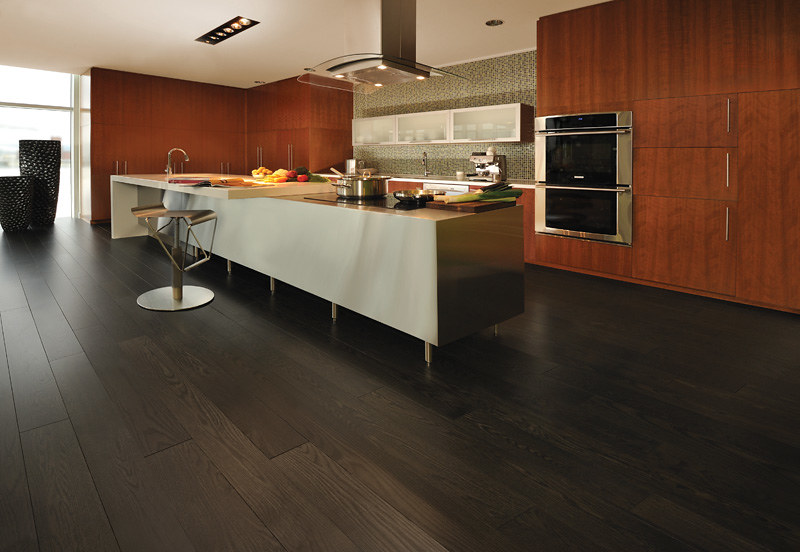
What: Engineered wood is made up of three or more layers of wood, glued and laid together at right angles, a bit like plywood. Then a durable layer of natural timber is glued on top.
Where: Suitable for all rooms in your household, but you may want to consider avoiding bathrooms and other rooms with high humidity. Consider busier spaces such as hallways and living rooms, due to its durable capabilities.
Why: Engineered wood is less prone to warping than solid wood flooring, as it is very stable and doesn’t expand or contract when exposed to moisture. Despite its durability, depending on the thickness of the top veneer, you will only be able to be sand and refinish on a few occasions throughout its lifetime.
Finish: For ease of maintenance, we suggest Blanchon Hard Wax Oil. Its blend of vegetable oils and natural waxes is dustproof and penetrates deep into the surface of your engineered wood flooring, enhancing the pre-existing durability, as well as preserving its natural beauty and elasticity.
Solid Wood Flooring
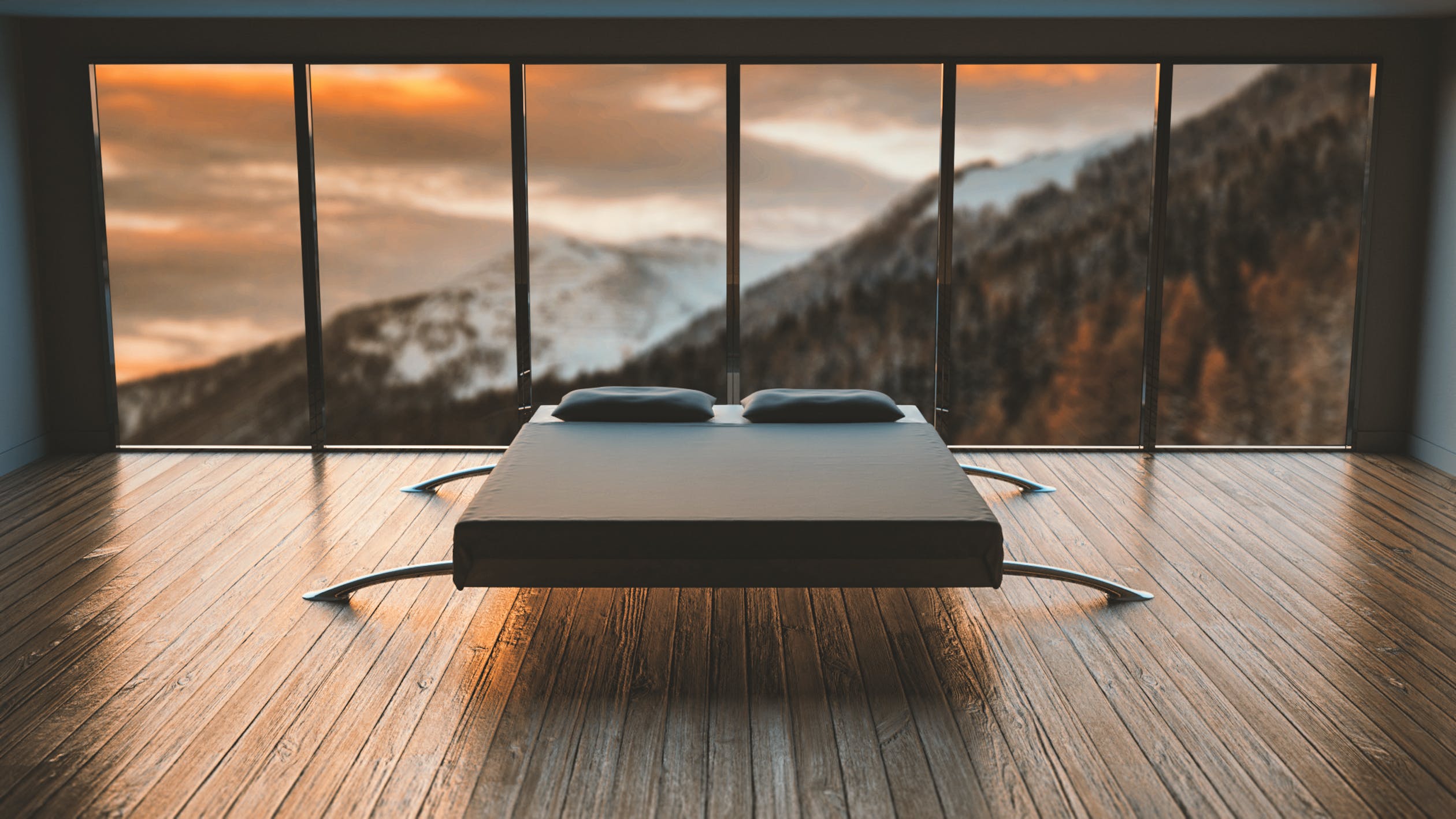
What: Each board is made from a single, solid piece of wood. There’s ample for creative exploration, with woods such as oak and cherry presenting a timeless, more traditional look and feel. Whereas teak will harbour a rich, intense aesthetic and maple or pine, a more Scandinavian style.
Where: Rooms with consistent temperature to allow for utmost protection. Really, any room where you can truly show it off! Consider busier spaces such as hallways and living rooms, due to its durable capabilities.
Why: Aside from its stunning visual quality and natural character, high-quality solid wood flooring is extremely resistant to scratches, scuffs and general household wear and tear. Should it receive consistent and adequate treatment, one of the resounding pros of solid wood flooring is its longevity. It’s also capable of enduring repeated treatments, without a risk of sacrificing its integrity. Solid wood is susceptible to warping if exposed to heat extremes and moisture, so it’s best to avoid laying it in bathrooms.
Finish: For a more traditional finish, we suggest the highly durable lacquer, Bona Traffic HD. It offers a clear, non yellowing finish that’s ideal for harnessing and protecting the lush, characterful aesthetic of your solid wood flooring. If your preference lies in harnessing the bright, contemporary Scandinavian look, check out our related blog for some expert advice on white wood flooring.
Reclaimed Wood Flooring
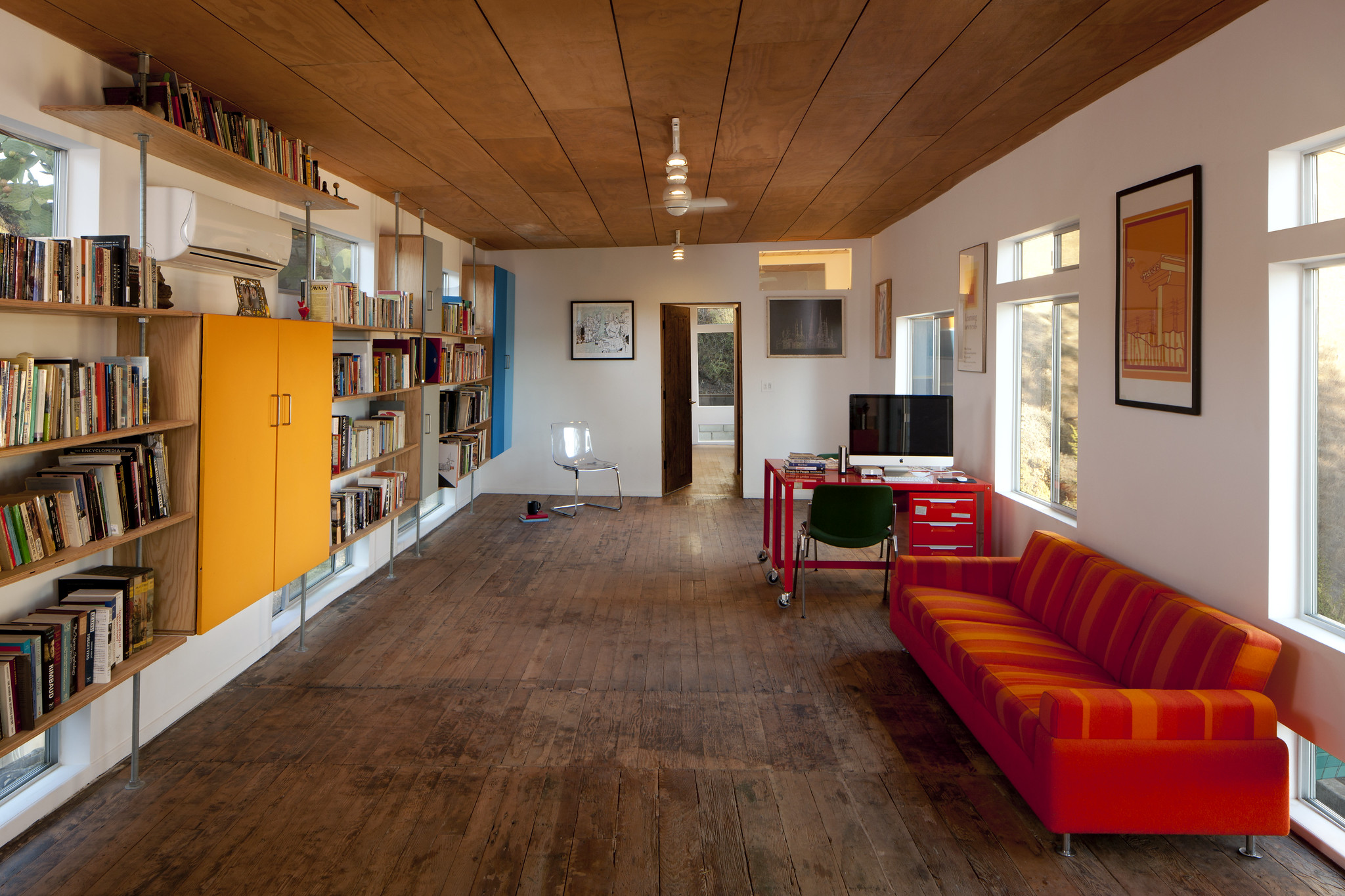
What: Reclaimed wood flooring is timber that has been salvaged from old buildings and houses and remodelled to fit a new purpose.
Where: The extensive character of reclaimed wood flooring lends itself to any room in a household, as with any wooden floor you may wish to avoid bathrooms. Moisture can cause the timber to swell and crack.
Why: Reclaimed wood offers a choice of flooring that exudes authenticity and an aged patina quality. The texture on display creates an antique effect that works with older buildings, as well as more contemporary homes. Because of the nature of reclaimed wood and the labour intensive process behind it, prices can become very expensive. When sourcing reclaimed wood, use caution and buy from reputable dealers. A fluctuation in quality means some wood is unfit and unsafe for use in a household.
Finish: When considering the right finishing product, Manns Extra Tough Floor Varnish can be rightly defined as Mr Versatile, and is ideal for all reclaimed soft and hardwood flooring. It offers maximum protection for domestic and light commercial environments, a must for retaining the sense of substantial character exuded by your flooring.
Parquet Flooring
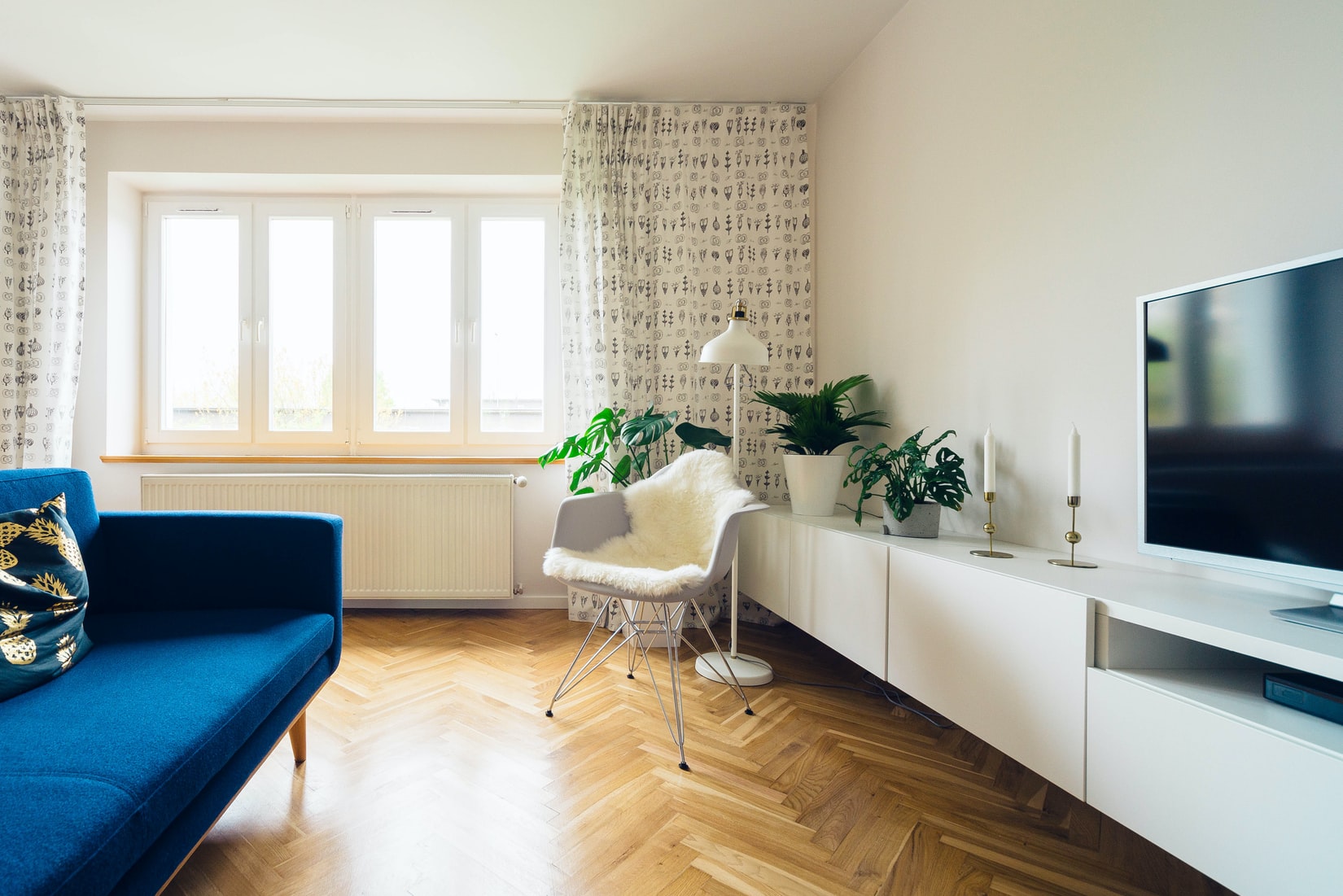
What: Short wooden blocks or strips arranged into geometric patterns. Originating in the homes of aristocracy in the 17th century, this type of flooring has evolved to be also made from engineered wood, as opposed to simply solid wood.
Where: Choose rooms that allow for a full display, such as hallways. In the same regard, you may wish to avoid rooms with lots of furniture that risks covering up the visual appeal of your flooring, such as bedrooms.
Why: Parquet flooring offers a consistently stunning appearance as well as a lot of variety with regards to the type of wood, colour and pattern. These intricate patterns also embolden the grain of the timber, in turn, catching the light of the room. Parquet flooring can be very costly to repair, so it’s best to avoid high-risk areas, such as children’s playrooms.
Finish: To truly utilise the intricacy of traditional parquet flooring, we recommend an equally traditional product, Fiddes Hard Wax Oil. Available in matte, satin and semi-gloss finishes, this highly resistant hard wax oil defends against scratches, scuffs and even liquid spills. With a coverage of 24m² per litre, it also presents excellent value for money.
The Curveball – Cork Flooring
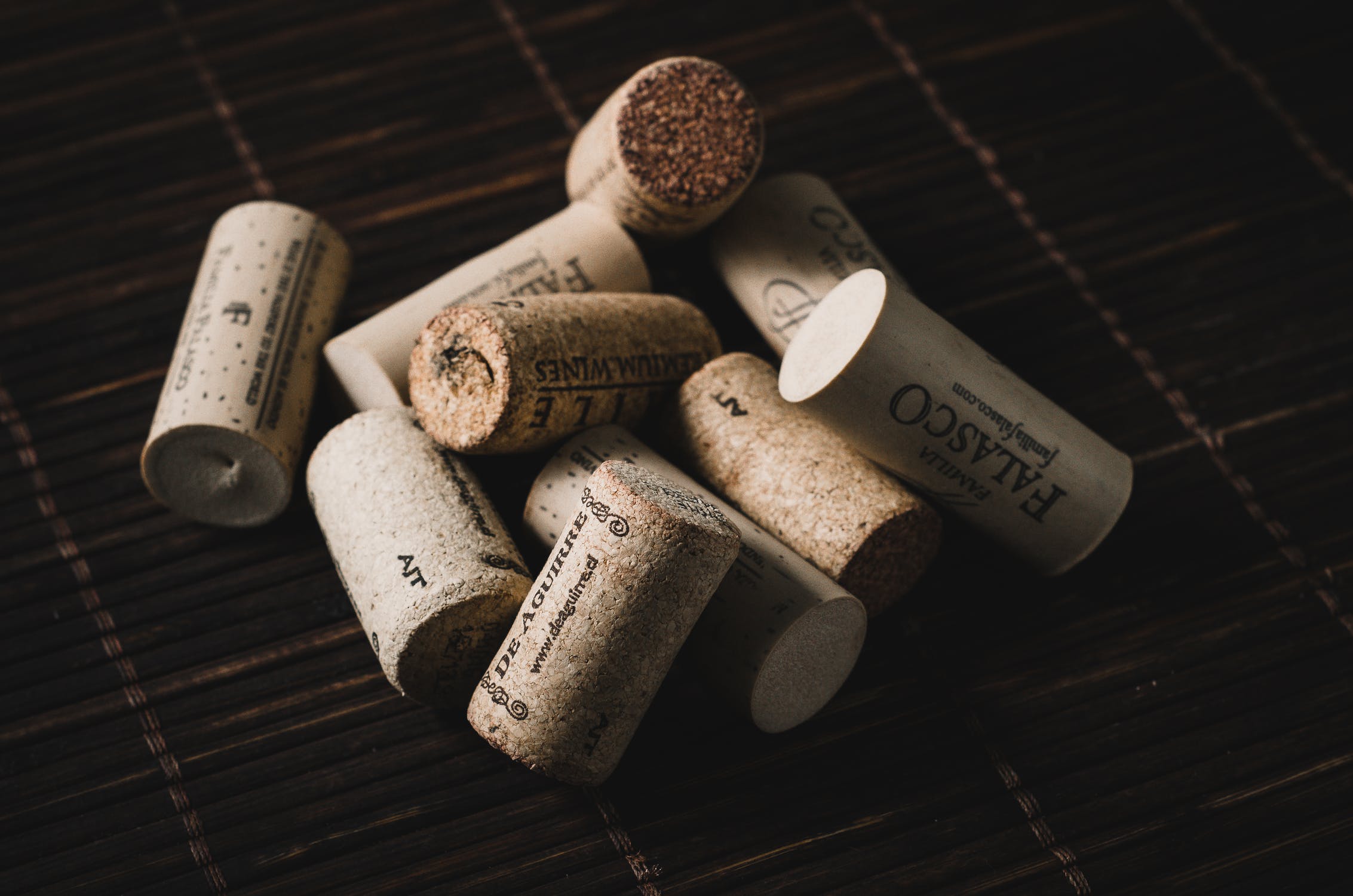
What: Cork flooring is an eco-friendly alternative and sustainably sourced from the bark of the cork oak tree. Cork is harvested and ground up, before being compressed and formed into sheets bonded with resin.
Where: The soft cushioned surface of cork flooring is ideal for children’s bedrooms and playrooms. It’s best to avoid bathrooms, as the high humidity can cause the cork to curl.
Why: As well as it’s eco-friendly characteristics and soft cushioned surface, cork is a very effective insulator. It’s also easy to install and maintain. On the downside, it can be susceptible to damage and marks from furniture, as well as fading from exposure to sunlight.
Finish: Osmo Poylx Oil is a premium grade, hard wax oil with highly versatile characteristics, perfect for the alternative nature of cork flooring. It’s scratch and scuff resistant capabilities bestow a higher sense of durability to your flooring. What’s more, it’s easy to renovate and maintain, should the need arise.
Need help with your wooden floors?
For more information about wood floor finishes and their uses, contact our team of resident experts who are always on hand to help with project advice and product recommendations. Alternatively, see our floor finish FAQ page which covers many of the most commonly asked questions about wood floor finishes.
We love to see before, during and after photos of any wood finishing project. If you would like to share your project pictures with us and our followers, you can either send us some photos or share on our Facebook, Twitter, Pinterest or Instagram pages.




